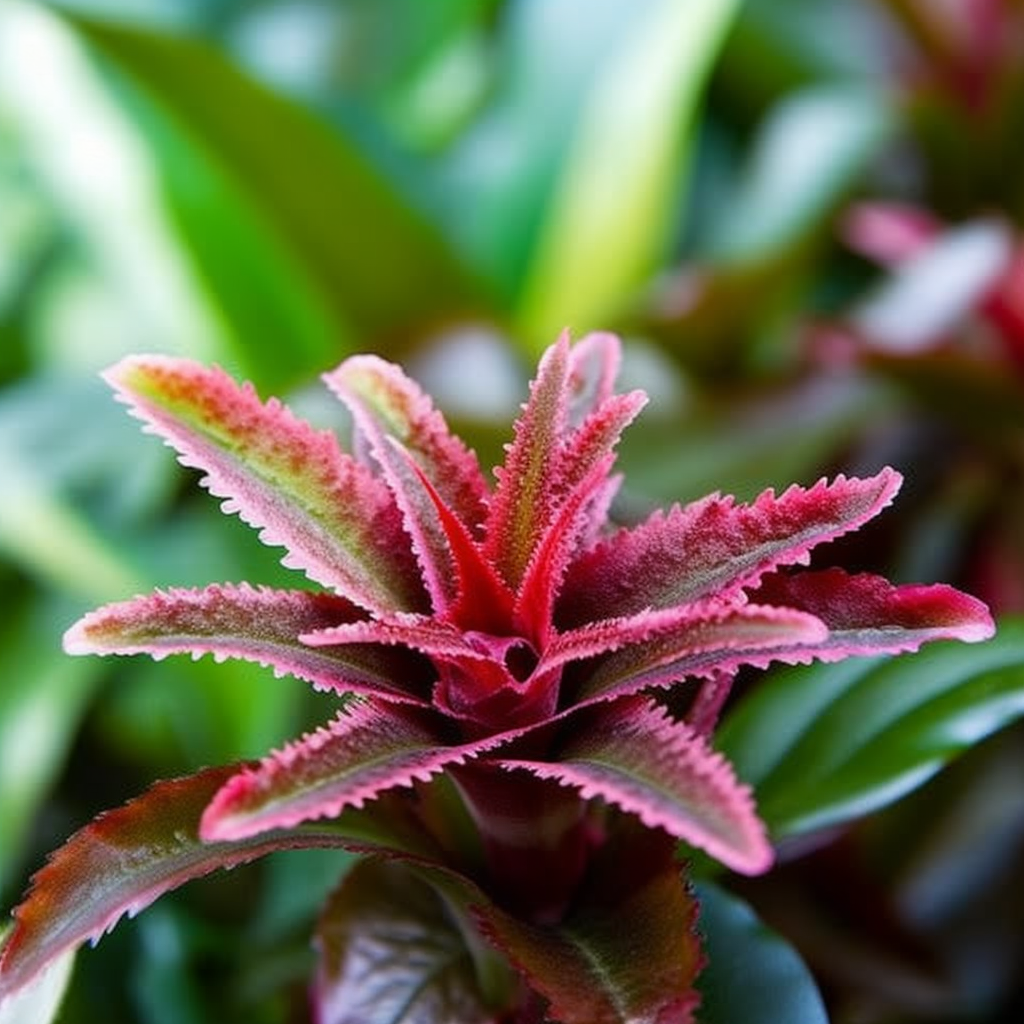Story of Day :
Contents
The Bromeliad Plant: Your Complete Guide and Care Tips
Do you want to add a touch of exotic beauty to your garden? Look no further than the bromeliad plant. With its vibrant colors, unique shapes, and easy maintenance, this tropical plant is sure to wow your guests and thrive in your garden. Here’s everything you need to know about the bromeliad plant.
What are Bromeliads?
Bromeliads are a family of plants that originate from Central and South America. They come in many different shapes, sizes, and colors but are known for their striking foliage that can range from solid green leaves to variegated patterns.
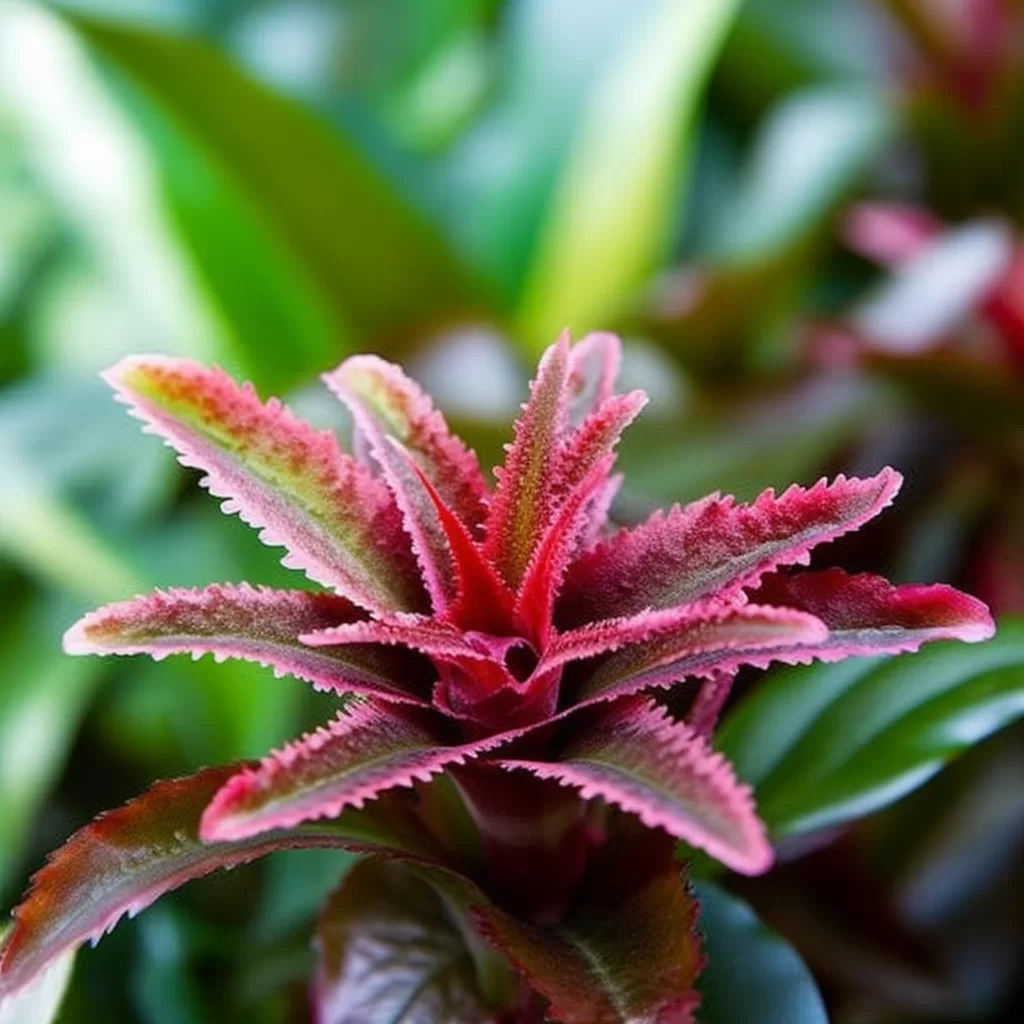
Bromeliads have a unique way of absorbing water through their central cup or “tank.” This feature allows them to survive in arid conditions by collecting water from rainfall or dew. They also have small root systems which make them perfect for growing in pots or mounting on trees.
Types of Bromeliads
- Tillandsias – Also known as air plants because they don’t require soil; they absorb nutrients through their leaves.
- Aechmea – These plants have long-lasting flowers that bloom on top of tall stalks.
- Neoregelia – Known for their colorful leaves with bold stripes or spots; they’re great for ground cover or hanging baskets.
- Guzmania – These plants produce bright red flowers that grow out of a central rosette formation; they’re often used as indoor ornamental plants due to their showy blooms.
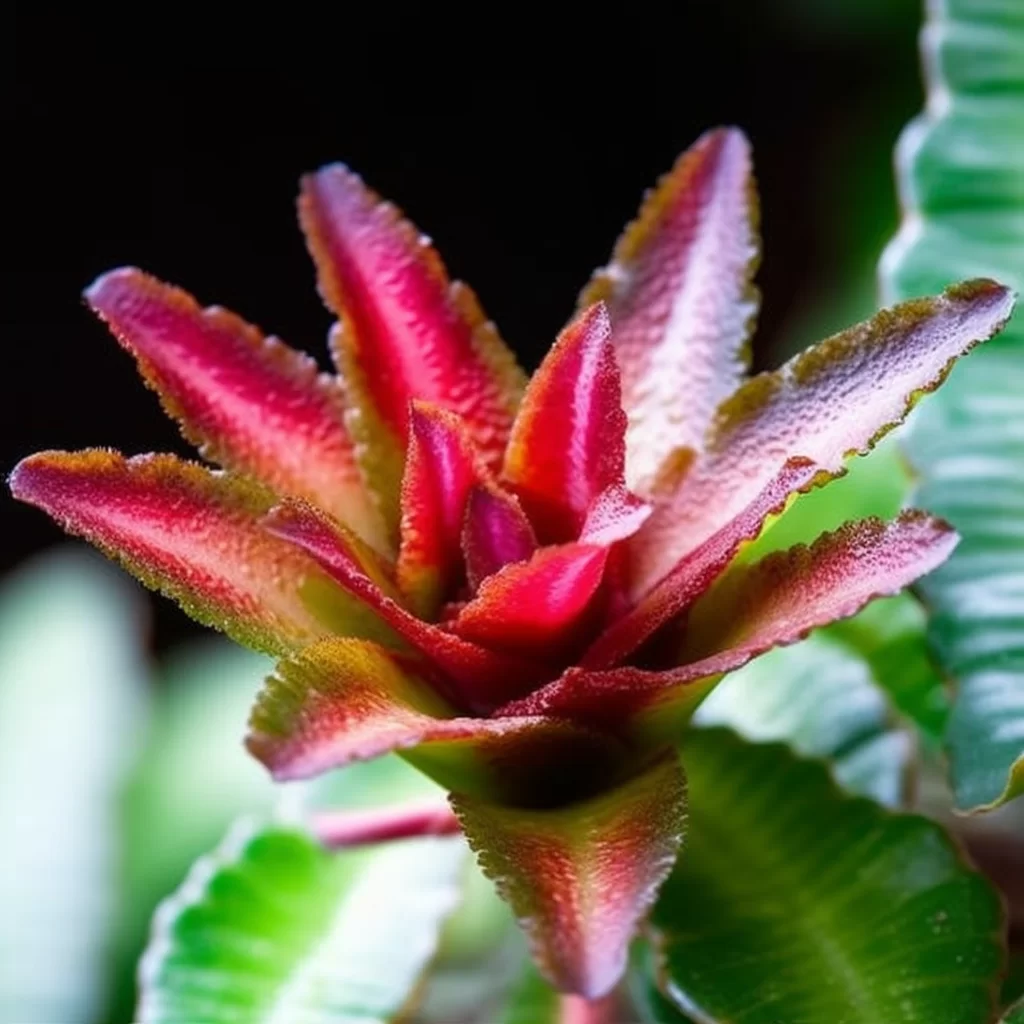
Growing Conditions
Bromeliads prefer warm temperatures between 60-85 degrees Fahrenheit (15-29°C) and high humidity levels above 50%. They can tolerate some direct sunlight but do best in bright, indirect light.
When planting bromeliads in containers or pots, make sure to use a well-draining soil mix. You can also mount them on trees or other structures using wire or specialized mounting devices.
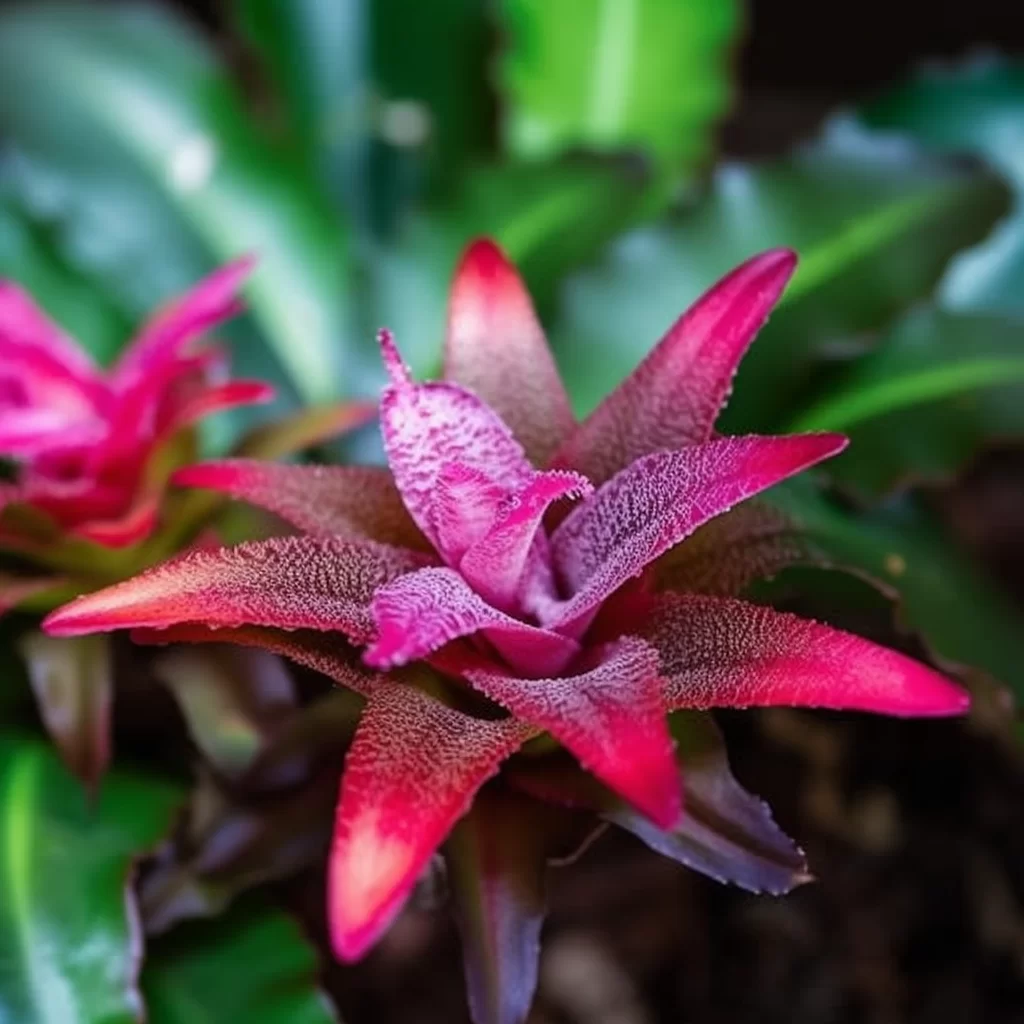
Care Tips
- Water – Bromeliads don’t like to be overwatered; only water when the soil is dry to the touch or when the central cup is empty. Avoid getting water on their leaves as it can cause rotting.
- Fertilizer – Feed your bromeliad once a month with a high-nitrogen fertilizer during the growing season (spring and summer).
- Pruning – Remove dead leaves and spent flowers regularly to keep your plant healthy and promote new growth.
Pests and Diseases
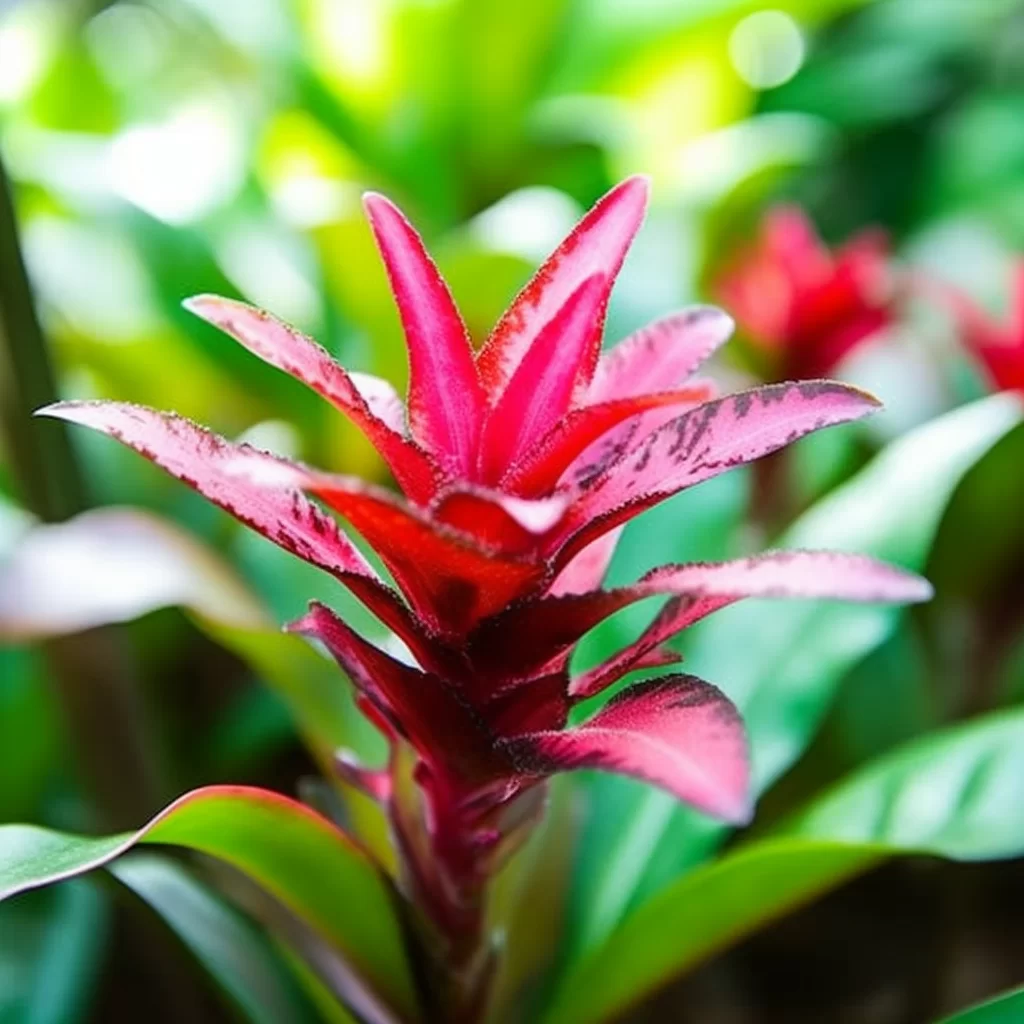
Bromeliads are generally pest-free but may attract mealybugs if they’re overwatered or kept in humid conditions without good air circulation. Watch out for root rot if you’re watering too much.
In Conclusion
The bromeliad plant is a stunning addition to any garden with its unique shapes, vibrant colors, and easy maintenance requirements. With proper care, it will thrive in warm temperatures with high humidity levels, making it perfect for tropical climates like those found throughout Central America and South America.
If you want an exotic touch that’s sure to impress your guests while being low-maintenance enough for even busy gardeners, then you should definitely consider adding some bromeliads into your landscape today!
